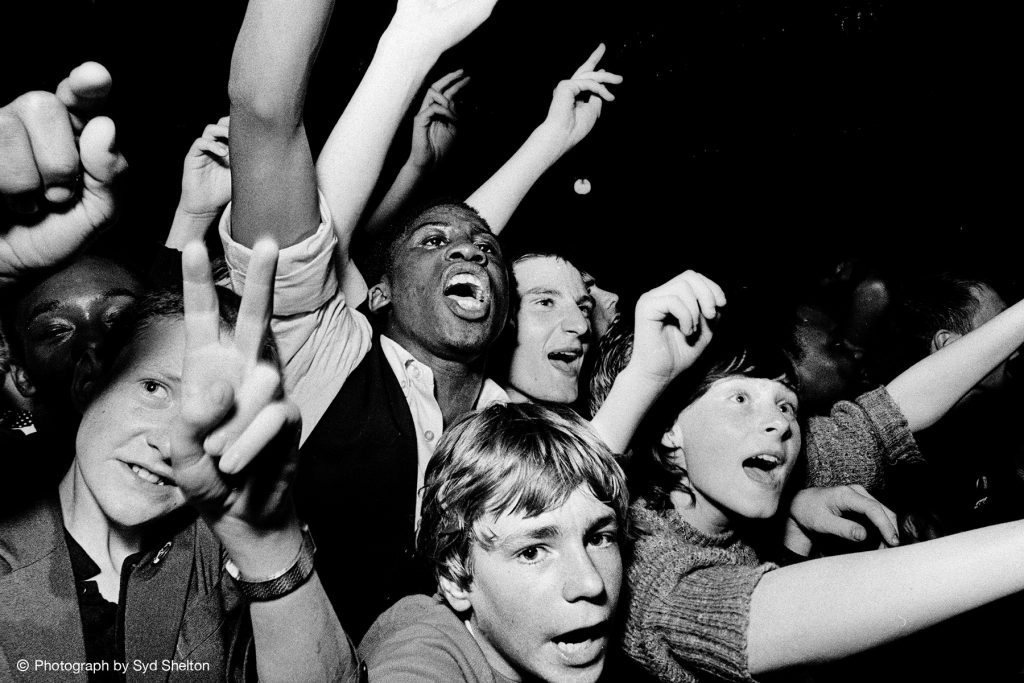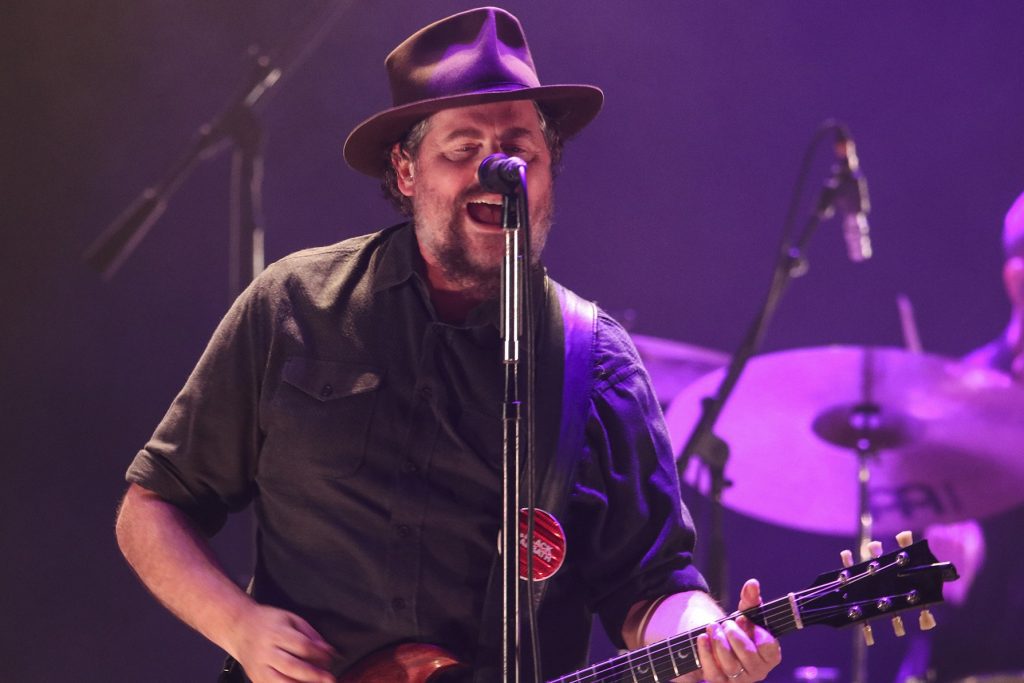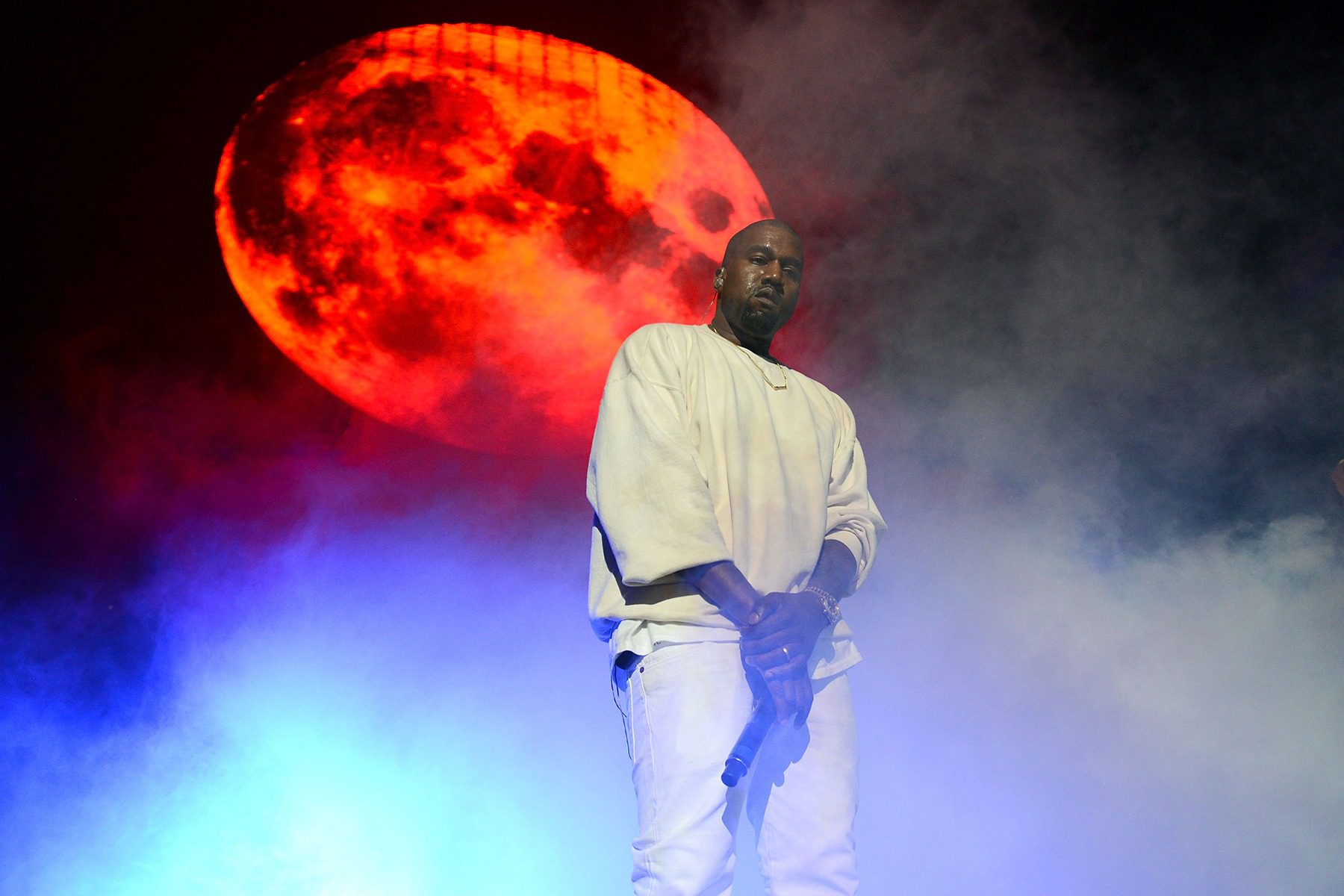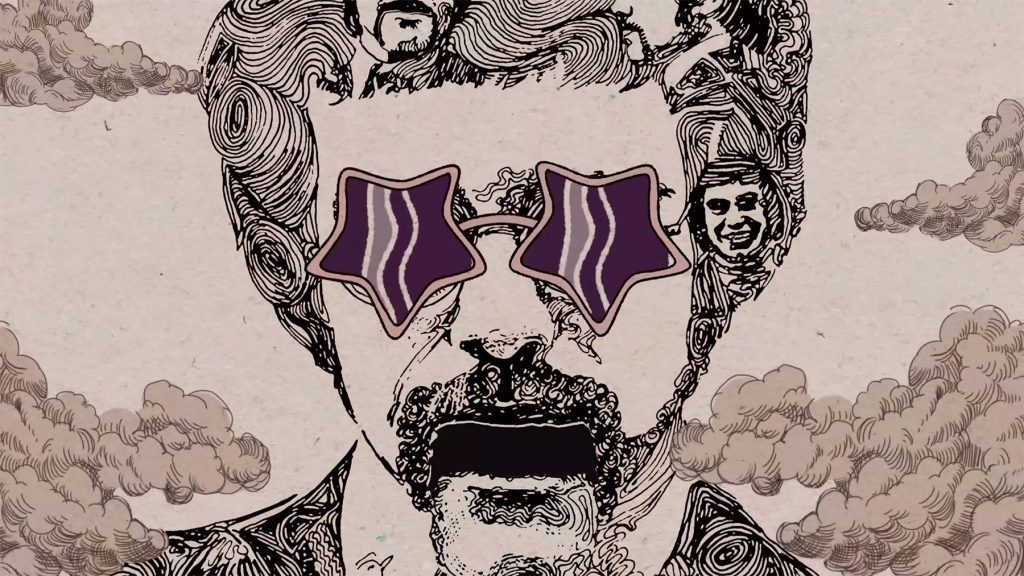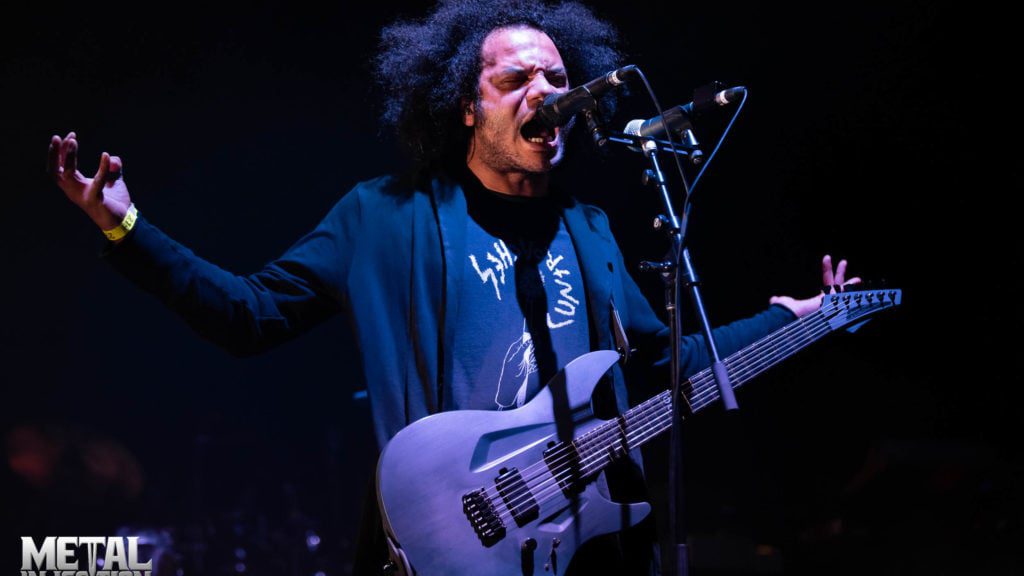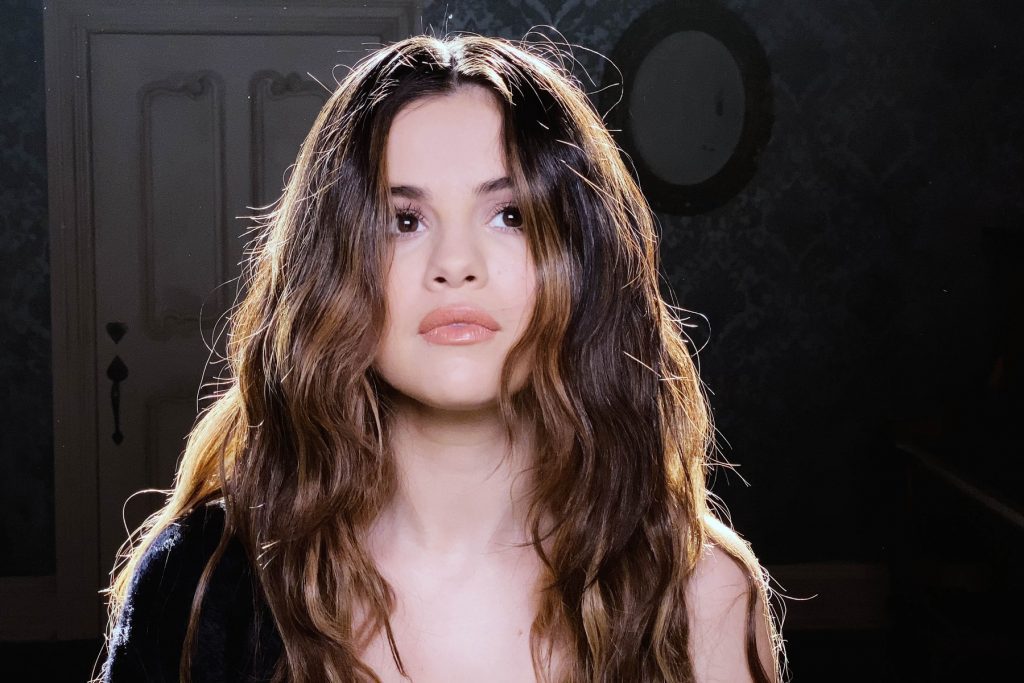
Selena Gomez Is Ready for the Next Phase of Her Pop Journey
First-round Grammy voting gets underway on September 30th and runs through October 12th. For our 2021 Grammy preview issue, we asked a series of likely contenders for next year’s awards to reflect on their past experiences at the ceremony, look ahead to the future, and discuss the albums and singles that could earn them a statue come January.
Selena Gomez’s twenties have seen their share of both public and private difficulties. While working on her second solo album, 2015’s Revival, she was diagnosed with the autoimmune disease lupus. She had to cut a tour short in 2016 due to complications from her illness, which included panic attacks, anxiety, and depression; the following year, she withdrew from public life for a while, revealing later that she had received a kidney transplant.
Some time away from music proved good for Gomez. In the past few years, the former Disney star has been able to flex her muscles as a television producer (13 Reasons Why, Living Undocumented) and made successful appearances on hits by Ozuna and Kygo. All the while, she was working up the courage to release Rare, an empowering and fun third album that could nab her a first Grammy nomination.
blogherads.adq.push(function () {
blogherads
.defineSlot( ‘medrec’, ‘gpt-dsk-tab-article-inbody1-uid0’ )
.setTargeting( ‘pos’, [“mid-article”,”mid”,”in-article1″,”mid-article1″] )
.setSubAdUnitPath(“music//article//inbody1”)
.addSize([[300,250],[620,350],[2,2],[3,3],[2,4],[4,2]])
;
});
Gomez called from her Los Angeles home, where she’s been isolating due to the coronavirus pandemic. Despite everything she’s been through, she’s feeling optimistic: “I still feel like my best work hasn’t been done.”
You released Rare in January, just a few weeks before the pandemic overtook the U.S. How did you have to change your post-release plans?
When the album came out, I got to celebrate it and enjoy it. [Afterward] I was really sad for everyone. As far as strategizing, we decided to finish the album [cycle], wrap it up, because we weren’t going to be able to do anything for the rest of the year. I released “Boyfriend” — it was technically the last single. But what was going on was far more important than anything anyone would have said or done. To be honest, I couldn’t enjoy it when “Boyfriend” came out. I am very proud of the song, but I didn’t enjoy the feeling.
This album came nearly five years after Revival. When did you start to consciously write and record it?
I had started to just play around. I didn’t say, “I want to do an album” — it was more just me going in, experimenting and writing with the people I feel comfortable writing with. This was probably three years ago. I didn’t feel inspired by much, so I would just kind of drift in and out.
I went away for a little bit, and when I came back . . . I don’t know if something came over me. I heard a song called “Rare,” and that was the moment I knew that my album was starting and that this was going to be the name of the album before I even recorded it.
From that point on, I focused on creating more songs that were lyrically about transformation and vulnerability and heartbreak. It felt like [the material] was really, really strong, and I was very happy about it. I think that becoming more involved than I ever have been [in the making of the album] helped me gain confidence and empowered me completely. I took control over what I was going to say, what I was going to do.
What did control look like for you?
I did not have my team or my A&R or my label in the process a lot. I controlled what was being sent. It was my idea to release “Lose You to Love Me” and “Look at Her Now” [back-to-back]. They were kind of nervous about it, because they didn’t want to take away from either song. I knew from the get-go that “Lose You to Love Me” was going to be the bigger song, because I just felt it in my heart.
blogherads.adq.push(function () {
blogherads
.defineSlot( ‘medrec’, ‘gpt-dsk-tab-article-inbody2-uid1’ )
.setTargeting( ‘pos’, [“mid-article2″,”mid”,”in-article2″,”mid-article”] )
.setSubAdUnitPath(“music//article//inbody2”)
.addSize([[300,250],[300,251],[620,350],[2,4],[4,2]])
;
});
I wanted people to take away that this was a journey and that it was completely closed. I don’t want people to see me as just sad and hurt. I didn’t want that anymore. I wanted people to know that I experienced something real, and that part of me is over.
It seems like you’ve created a really tight-knit crew of songwriters and producers around you. Julia Michaels and Justin Tranter have been especially crucial in that regard. How has it felt to create that bond with them?
I spent years of my life being very conscious of what I say and what I do. Not because I was scared — I just didn’t know if I had a right to say something. I didn’t know if it would get messy and cause any sort of uproar. I wanted it to be very safe.
The moment I started working with Interscope [in 2014], I was listening to “Good for You,” and that’s obviously Justin and Julia. I fell in love with the song. It was exactly where I was stepping into: being more of a woman and being OK with who I am, and not so scared to explore deeper into that.
Revival is when I started to work with specific people only. I love working with new people every now and then, but for me and my process, it’s nice to work with the same people. Julia and I have such a bond and a lot of life experiences that are connected, and that’s so important to me. They’ve become family. Now, it’s effortless. We go in and we feel confident. We just love each other. They’re going to be a part of my life forever.
